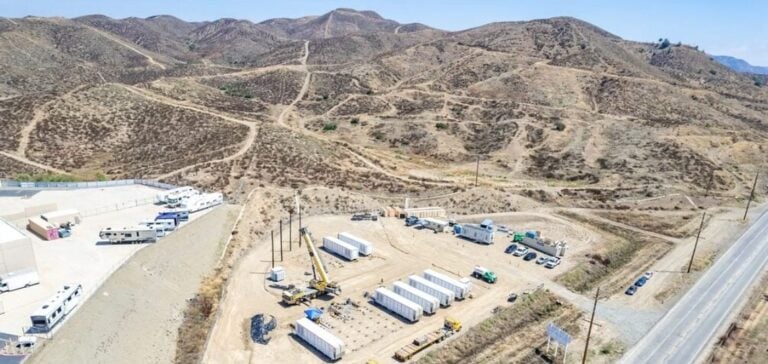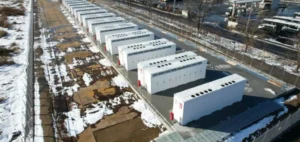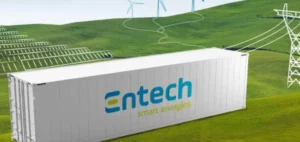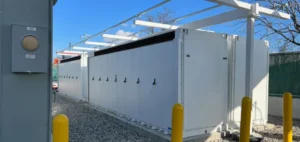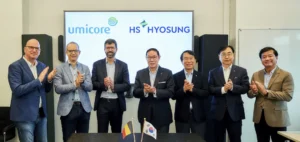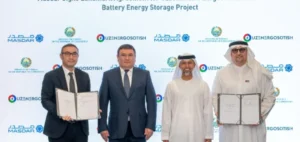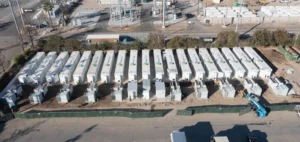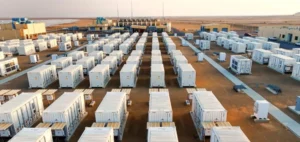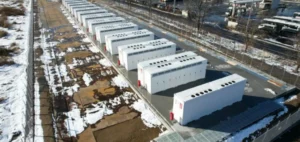Fullmark Energy has announced the transfer of a $46mn Investment Tax Credit (ITC) to an industrial buyer, related to its 125MW/290MWh Redwood portfolio consisting of four energy storage facilities in Southern California. The transaction, completed after the portfolio’s commercial operation date in early November, provides the power producer with enhanced financial flexibility.
A portfolio distributed across strategic sites
The facilities are connected to the Southern California Edison grid and operate within the California Independent System Operator (CAISO) market. The portfolio includes the following sites: San Jacinto (65MW/130MWh) in Banning, Johanna ESS (20MW/80MWh) in Santa Ana, Desert-Carris (20MW/40MWh) in Palm Springs, and Ortega (20MW/40MWh) in Lake Elsinore. This geographical spread reduces risk and improves service reliability for the grid.
The storage units provide services such as energy arbitrage, frequency regulation, and resource adequacy capacity. These functions support the stability of the electric grid, addressing increasing demands on California’s energy system, particularly during peak consumption periods.
Private capital mobilisation under the Inflation Reduction Act
The tax credit transfer is aligned with mechanisms introduced by the Inflation Reduction Act, allowing developers to directly monetise tax credits. This framework aims to accelerate private infrastructure investment by shortening the capital recovery timeline.
The transaction was structured with support from BDO USA, an audit and advisory firm, acting as the tax credit transfer advisor. The firm confirmed that such mechanisms allow investors and developers to align around shared financial and operational objectives while streamlining transaction processes.
Consolidated financing structure implemented in 2023
Fullmark Energy secured nearly $100mn in financing for the portfolio in January 2023 through a consolidated term loan and letter of credit facility. This unified structure reduced transaction costs while improving capital deployment efficiency.
The company operates under a develop-build-own-operate model, retaining long-term ownership of its assets. This strategy aims to ensure stable operational performance and ongoing engagement with local communities throughout each project’s lifecycle.


